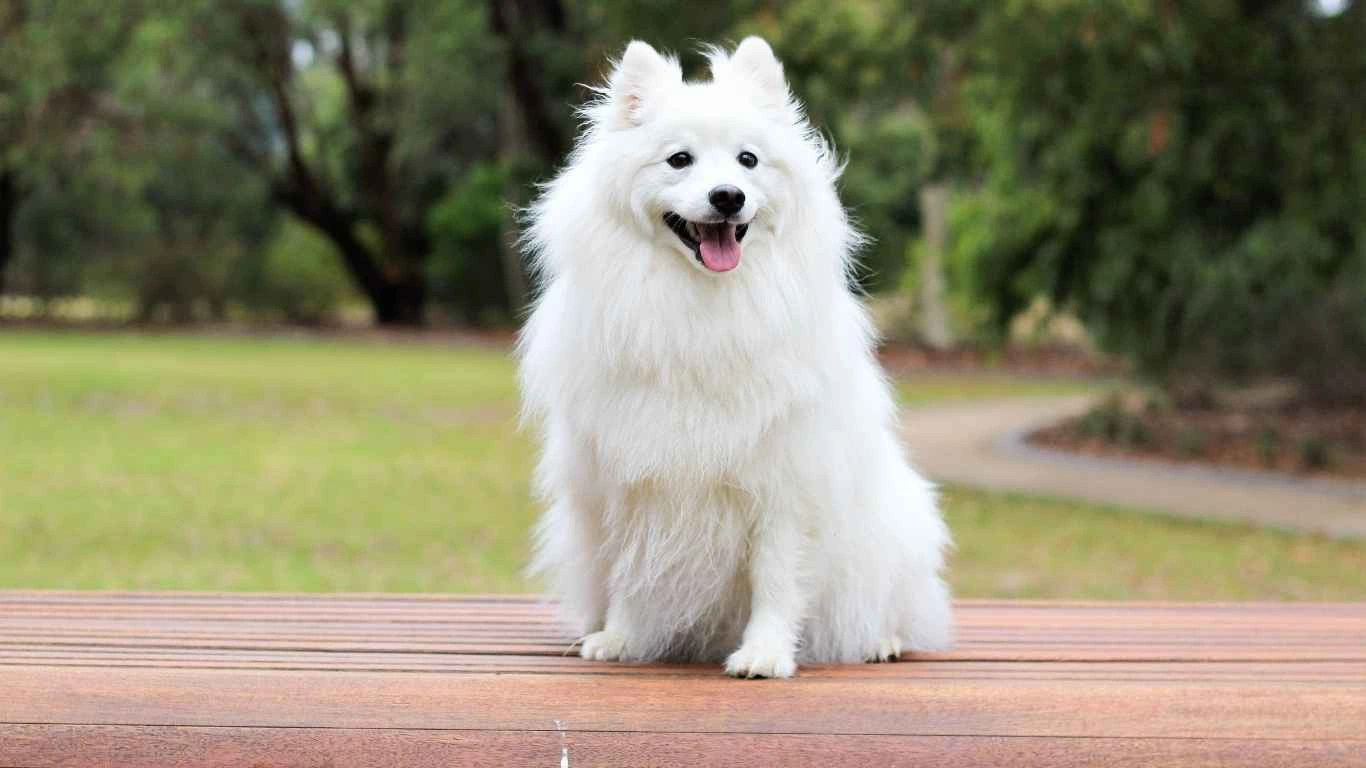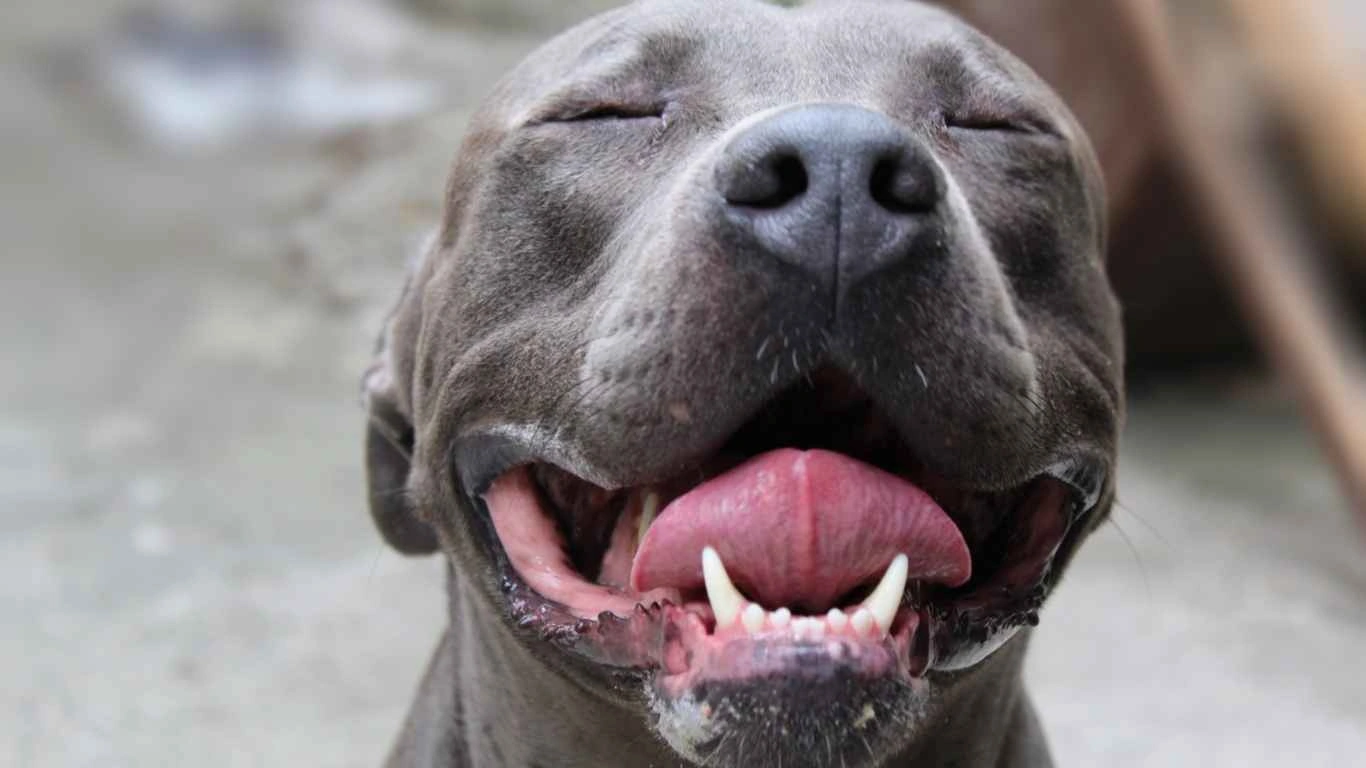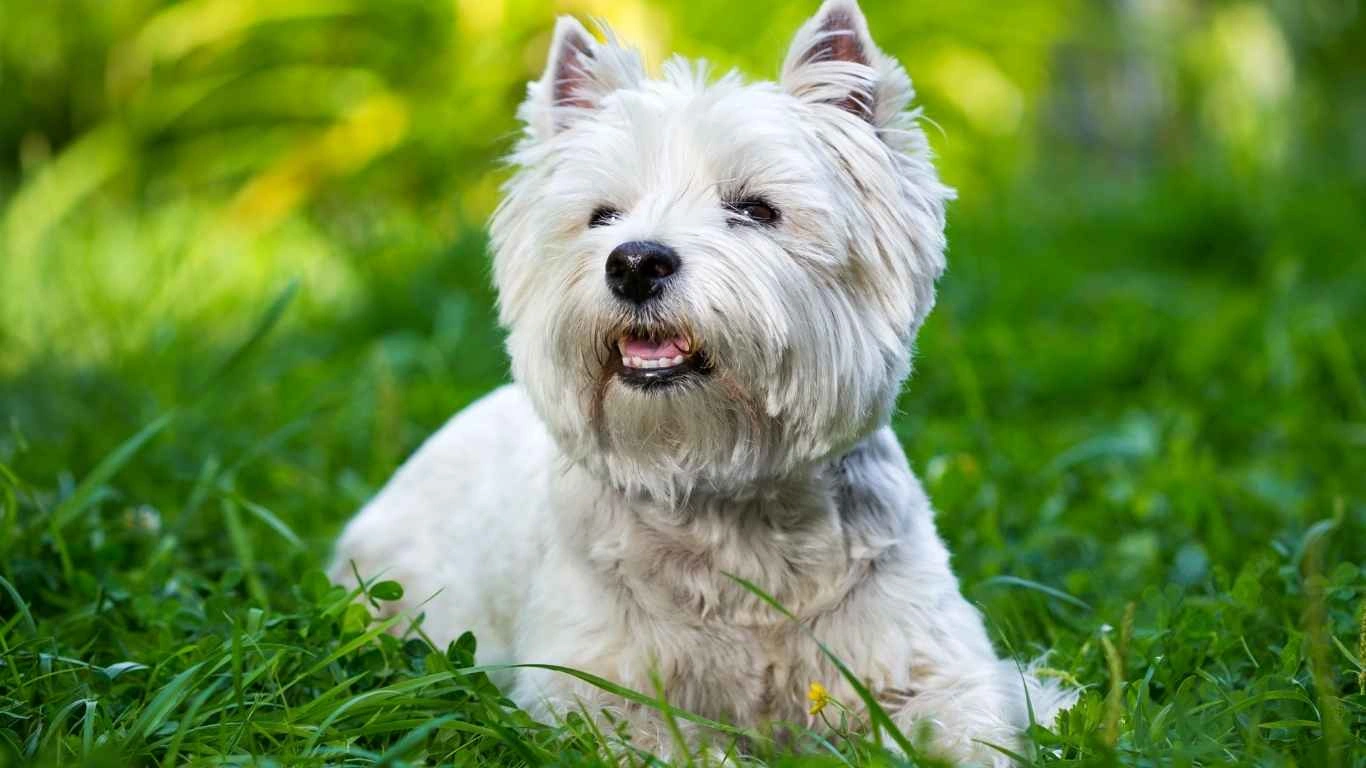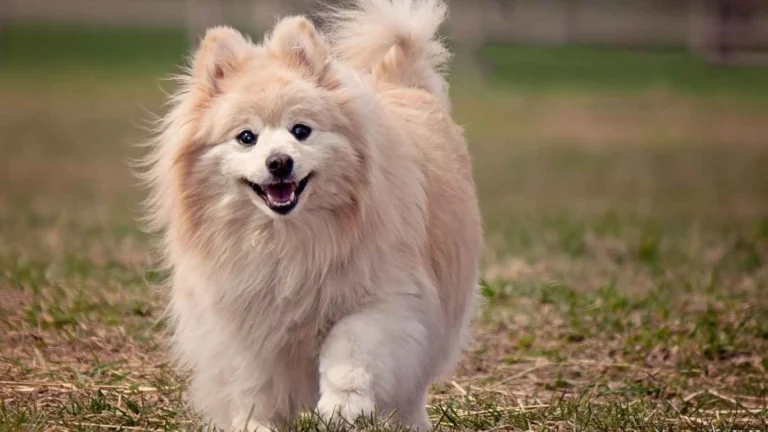Best Diet for Athletic and Agility Dogs to Boost Performance and Health
When it comes to keeping our athletic and agility dogs in peak condition, one of the most important aspects to consider is their diet. As a Pet Nutritionist and someone who’s spent years working in veterinary clinics, I’ve seen firsthand just how much nutrition can impact a dog’s performance. Whether you’re training your dog for competitions, or just want them to stay healthy and strong, the best diet for athletic and agility dogs plays a crucial role in their overall health, energy levels, and ability to recover.
The Essentials of a Dog’s Diet for Performance
Every dog has different nutritional needs, but when it comes to athletic and agility dogs, it’s even more important to give them the right fuel. They need the proper balance of protein, fat, carbohydrates, and micronutrients to support their activity levels and recovery. These dogs are burning more energy than your average pet, which is why you’ll want to make sure that their diet is designed for peak performance. Let’s take a deeper look into what goes into the best diet for athletic and agility dogs.

High-Quality Protein: The Building Block of Muscle
Protein is probably the most critical nutrient for athletic and agility dogs. After all, they need muscle mass for those high-speed runs, jumps, and other explosive movements. But not all proteins are created equal, so it’s important to choose high-quality sources that are easily digestible and packed with amino acids. Think of protein as the building blocks of muscle—without it, your dog wouldn’t be able to perform at their best.
- Chicken, turkey, and lean beef are great sources of animal-based protein.
- Fish, such as salmon or whitefish, is not only rich in protein but also provides beneficial omega-3 fatty acids.
- Eggs are an easily digestible and high-quality protein source that’s also rich in amino acids.
By incorporating a mix of these protein sources into your dog’s diet, you’ll ensure that they have all the necessary amino acids to support muscle growth and repair. This is particularly important after intense training sessions or agility workouts.
Fats: The Fuel for Energy
Fats are another essential component of the best diet for athletic and agility dogs. While protein helps build muscle, fats provide energy that lasts, especially during long training sessions or competitions. Fats are calorie-dense, which is perfect for dogs that need to maintain their energy throughout rigorous activities. But just like with protein, not all fats are created equal.
- Animal fats, such as those from chicken fat or lamb fat, are highly digestible and provide a good source of energy.
- Omega-3 fatty acids from fish oils or flaxseed help reduce inflammation and support joint health, which is particularly important for high-impact dogs.
- Medium-chain triglycerides (MCTs), found in coconut oil, are rapidly absorbed and provide quick energy.
Fats also play a significant role in your dog’s coat and skin health. Healthy fats like omega-3 fatty acids will give your dog a shiny, well-moisturized coat, which is something I’ve always noticed in the dogs I’ve worked with—those who eat well, look well too!
Carbohydrates: Fueling Stamina and Endurance
While protein and fats provide the structure and energy, carbohydrates are your dog’s main source of quick energy. For athletic and agility dogs, carbs are essential to keep them going throughout training sessions. However, you’ll want to focus on high-quality, easily digestible carbs to avoid any digestive upset, which can hinder performance.
- Sweet potatoes and pumpkin are excellent sources of complex carbohydrates, providing a steady release of energy.
- Oats are another great choice for carbs that are easy on the stomach and give your dog the endurance they need.
- Brown rice provides long-lasting energy and is also gentle on your dog’s digestive system.
It’s worth mentioning that while carbohydrates are important, you’ll want to ensure that they don’t make up the majority of your dog’s diet. You want to maintain the right balance between protein, fat, and carbs for optimal performance.
The Importance of Micronutrients for Athletic Dogs

When talking about the best diet for athletic and agility dogs, it’s easy to focus on the big three—protein, fat, and carbs—but let’s not forget about micronutrients. These are the vitamins and minerals that support everything from immune health to bone strength and joint function. They might be small in quantity, but they’re huge in impact.
Key Micronutrients to Include
Agility and athletic dogs are constantly putting stress on their bodies, and their bones, joints, and immune systems need extra support. So, let’s make sure your dog’s diet is packed with the micronutrients they need.
- Calcium and phosphorus are essential for bone health and must be balanced correctly to avoid skeletal issues.
- Glucosamine and chondroitin support joint health and mobility, helping to prevent wear and tear from intense activity.
- Vitamin E is a powerful antioxidant that helps protect against cellular damage and supports skin health.
- Vitamin C is important for immune function, and it’s also an antioxidant that can aid in the repair of muscles and tissues.
Many premium dog foods include these micronutrients, but if you’re preparing your dog’s meals at home, you’ll want to ensure they’re getting these in the right amounts. Often, I recommend consulting with a veterinarian or nutritionist (like myself!) to make sure that their diet is appropriately balanced for all their micronutrient needs.
Hydration: Never Underestimate the Power of Water
It might seem obvious, but hydration is something that often gets overlooked in discussions about performance diets. Dogs that are constantly moving and working hard need plenty of water to stay hydrated and prevent fatigue. Dehydration can lead to muscle cramping, decreased energy, and poor performance, so make sure your dog always has access to fresh water, especially during and after exercise.

For those involved in more intense or prolonged training, adding an electrolyte supplement to their water can be a helpful way to replenish lost minerals, but always check with a vet before introducing any new supplements into your dog’s routine.
How to Choose the Right Food for Your Dog’s Specific Needs
When you’re looking at the best diet for athletic and agility dogs, it’s crucial to remember that there isn’t a one-size-fits-all solution. Every dog is different, with varying energy levels, health conditions, and dietary preferences. As someone who’s worked closely with a variety of dogs, I’ve seen how certain breeds or even individual dogs can have unique dietary requirements. That’s why it’s essential to understand your dog’s specific needs when selecting the right food.

Consider Your Dog’s Age and Activity Level
Just like people, dogs go through different life stages, and each stage comes with its own nutritional needs. For puppies and young dogs, their diet should be rich in high-quality protein and fat to support growth and development. Older dogs, on the other hand, might need a diet that’s lower in calories but still provides plenty of protein to maintain muscle mass.
If your dog is an active competitor in agility or other sports, their diet should be adjusted to meet their increased energy demands. They’ll need more calories, more protein, and more fat to fuel their intense physical activity. But remember, not all dogs are the same—while one agility dog may require a higher-fat diet, another might thrive on a lower-fat plan with more complex carbohydrates.
Breed-Specific Needs
Another thing I’ve learned over the years is that some breeds have distinct nutritional needs. For example, working dogs like Border Collies or Belgian Malinois have high stamina and require diets that provide long-lasting energy. On the flip side, smaller breeds or dogs that don’t engage in as much physical activity may not need as many calories, but they’ll still benefit from a well-balanced diet to maintain healthy skin and joints.
For certain breeds, like large-breed dogs or dogs prone to hip dysplasia, you’ll want to ensure that their diet includes joint-supporting ingredients like glucosamine and chondroitin. These elements are often found in specialized formulas designed for large or senior dogs, but they’re also essential for active dogs that need extra joint support.
What About Supplements? Do They Really Help?
Supplements are something I often get asked about, especially by dog owners who want to ensure they’re doing everything they can for their dog’s health and performance. And let’s be honest—there are so many supplements out there it can get a little overwhelming! Do they work? The answer isn’t always black and white, but in many cases, the right supplements can provide valuable support.

When to Consider Adding Supplements
For athletic and agility dogs, there are a few key supplements that can help support overall health and performance. These include:
- Joint supplements: Glucosamine and chondroitin help with joint health and mobility, especially for dogs that are constantly jumping or running.
- Omega-3 fatty acids: If your dog isn’t getting enough omega-3s from their diet, adding fish oil can be beneficial for reducing inflammation and promoting healthy skin and coat.
- Probiotics: These can aid in digestive health, particularly after a period of heavy training or when introducing new foods.
- Electrolytes: If your dog is training in hot conditions or undergoing prolonged exercise, adding electrolytes to their water can help prevent dehydration and muscle cramping.
However, supplements should not replace a balanced diet. They are meant to be just that—supplements. And when in doubt, I always recommend chatting with a vet or a pet nutritionist before adding anything new to your dog’s routine.
Should You Choose Raw or Cooked Diets for Performance Dogs?
This is another topic that comes up frequently, and it really depends on your personal preference and what works for your dog. Raw diets have become quite popular in recent years, and many pet owners believe they’re a more natural way to feed their dogs. As a pet nutritionist, I’ve seen the benefits of raw feeding for some dogs, but I’ve also seen some drawbacks.
The key benefit of a raw diet is that it’s often made with fewer processed ingredients, which some people believe is better for dogs, especially active ones. However, raw diets also come with risks, like the potential for bacterial contamination, and they require careful planning to ensure that all nutrients are balanced properly.
Cooked diets can be just as effective, as long as they are nutritionally complete. You can control exactly what your dog is eating, and with cooked foods, the risk of bacterial infection is lower. Plus, cooked meals can be easier to digest for dogs with sensitive stomachs or food intolerances.
Making Homemade Meals for Your Dog
If you’re interested in making your dog’s meals at home, there are a few things to keep in mind. First, it’s important to consult with a veterinarian or a pet nutritionist to make sure your dog’s diet is properly balanced. Dogs have very specific nutritional needs that go beyond just protein, fats, and carbs. For example, they require a variety of vitamins and minerals that can be difficult to achieve through homemade meals alone.

When preparing homemade meals for athletic dogs, I recommend using a variety of protein sources (like chicken, beef, and fish), as well as adding healthy fats (like coconut oil or fish oil) to ensure they get enough calories. You can also incorporate vegetables like sweet potatoes, carrots, and leafy greens to provide fiber and essential micronutrients.
It’s also important to consider portion sizes. Active dogs may need more food than your average pet, but overfeeding can lead to obesity, which can actually hinder their performance. Always keep an eye on your dog’s weight and adjust their meals accordingly.
Finally, remember that variety is key. I’ve found that dogs tend to thrive when they’re fed a range of different proteins, vegetables, and grains, so mix things up and keep their meals interesting. They’ll thank you for it with wagging tails and better performance!
Common Feeding Mistakes to Avoid for Active Dogs
As a pet nutritionist, I’ve seen plenty of well-meaning owners make some common mistakes when feeding their athletic and agility dogs. Sometimes it’s easy to get caught up in the latest trends or listen to advice from friends or even well-meaning online sources. But the truth is, not all advice is created equal. In this section, I’ll share some common feeding mistakes that you’ll want to avoid to keep your dog’s diet on track and ensure they’re always in peak performance.

1. Overfeeding on Protein or Fat
It’s easy to think that more protein or fat equals more energy for your dog, but that’s not always the case. While athletic dogs do need more calories to fuel their workouts, there is such a thing as too much protein or fat. Overfeeding on these nutrients can lead to weight gain, which can actually slow your dog down and put unnecessary strain on their joints and bones.
Instead of just adding more protein and fat, focus on creating a balanced diet that matches your dog’s activity level. Remember that every dog is unique, and some may need slightly more or slightly less of each nutrient. Regularly monitor your dog’s weight and adjust their food intake accordingly. If your dog isn’t burning off the extra calories, you’ll start seeing an increase in weight, which can affect their agility and endurance.
2. Ignoring the Importance of Fiber
While we focus a lot on proteins and fats for athletic dogs, fiber often gets overlooked. But fiber plays a critical role in digestion, and poor digestion can affect your dog’s energy levels and performance. Fiber helps to keep things moving in the digestive system, preventing constipation and supporting healthy gut bacteria. It’s particularly important if you’re feeding your dog a lot of meat-based meals, which tend to lack the necessary fiber.
Look for sources of fiber such as sweet potatoes, pumpkin, or brown rice, which are gentle on the stomach and easy to digest. If your dog has any gastrointestinal issues, a fiber supplement could help, but as always, check with your vet to see what works best.
3. Relying Too Heavily on Treats
I get it—training an agility dog involves a lot of positive reinforcement, and treats are often used as rewards. But when treats start making up a significant portion of your dog’s daily calories, it can lead to an imbalance in their diet. Many treats are high in empty calories and may not provide the nutrients your dog needs to perform at their best.
Instead of giving your dog too many store-bought treats, try using their regular food or healthier homemade snacks as training rewards. You can even freeze bits of cooked chicken or low-fat cheese for a nutritious, high-value treat. This way, you’re not overloading them with extra calories or artificial ingredients.
4. Neglecting Proper Portion Control
One of the most common issues I see is a lack of portion control. It’s tempting to just pour out a big bowl of food and call it a day, especially when you have a hungry, energetic dog staring at you. But without measuring their food, you may unknowingly overfeed or underfeed them, which can impact their weight and overall health.
Pay attention to your dog’s specific calorie needs, and make sure you’re measuring out the right portions. If you’re not sure what your dog’s ideal portion size should be, consult your vet or use a dog food calculator. And don’t forget to take into account any treats, extra snacks, or supplements you’re giving them on top of their regular meals.
How to Transition to a New Diet
Changing your dog’s diet can be a bit daunting, but sometimes it’s necessary—especially if you’re adjusting their diet for better performance. Maybe your dog’s current food isn’t providing the nutrients they need, or perhaps you’re switching to a raw or home-cooked diet. Whatever the reason, it’s important to transition gradually to avoid upsetting your dog’s stomach.
Why a Gradual Transition is Crucial
When you suddenly switch your dog’s food, it can lead to digestive issues like diarrhea or vomiting. That’s because their digestive system needs time to adjust to the new ingredients. A gradual transition gives your dog’s gut time to adapt without causing too much stress.
The general rule of thumb is to transition over 7 to 10 days. Start by mixing about 25% of the new food with 75% of the old food. Then, every couple of days, increase the amount of new food and decrease the old food. By the end of the transition period, your dog will be eating the new food entirely without any digestive issues.
Watch for Signs of Food Sensitivities
As you transition to a new food, keep an eye on your dog for any signs of food sensitivities or allergies. These could include things like digestive upset, excessive itching, or ear infections. If you notice any of these signs, it’s important to reassess the ingredients in the new food and consider consulting your vet to find the best diet for your dog’s needs.
References & Resources
For more information on feeding your athletic dog or customizing their diet based on their performance needs, check out these resources:
- PawPatron – Expert Pet Nutrition and Health Advice
- AKC – Feeding Your Athletic Dog: A Guide to Nutrition
- PetMD – Nutrition for Athletic Dogs: What You Need to Know
Disclaimer
The information provided in this article is intended for informational purposes only and should not be considered as medical advice. Always consult with a veterinarian or a qualified pet nutritionist before making significant changes to your dog’s diet, especially if they have specific health concerns or dietary restrictions. Every dog is unique, and their nutritional needs may vary depending on age, breed, activity level, and overall health.





